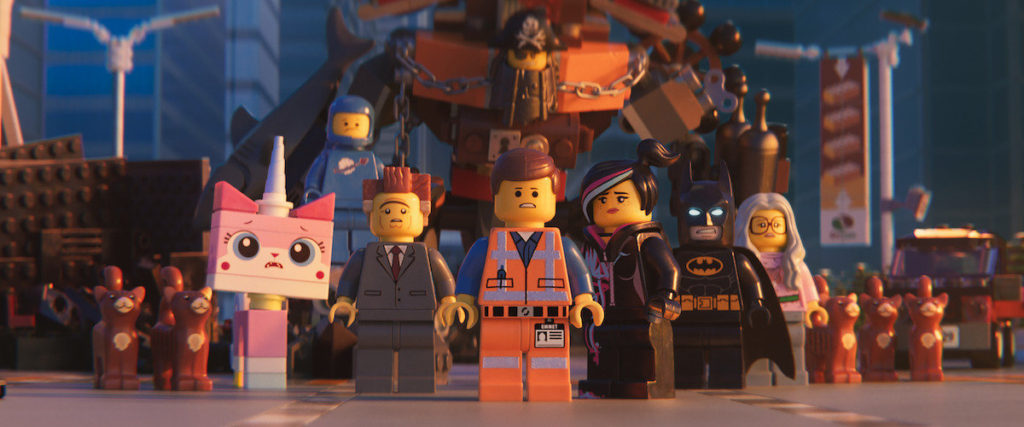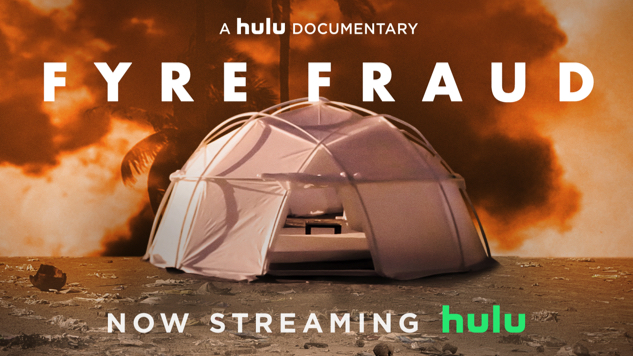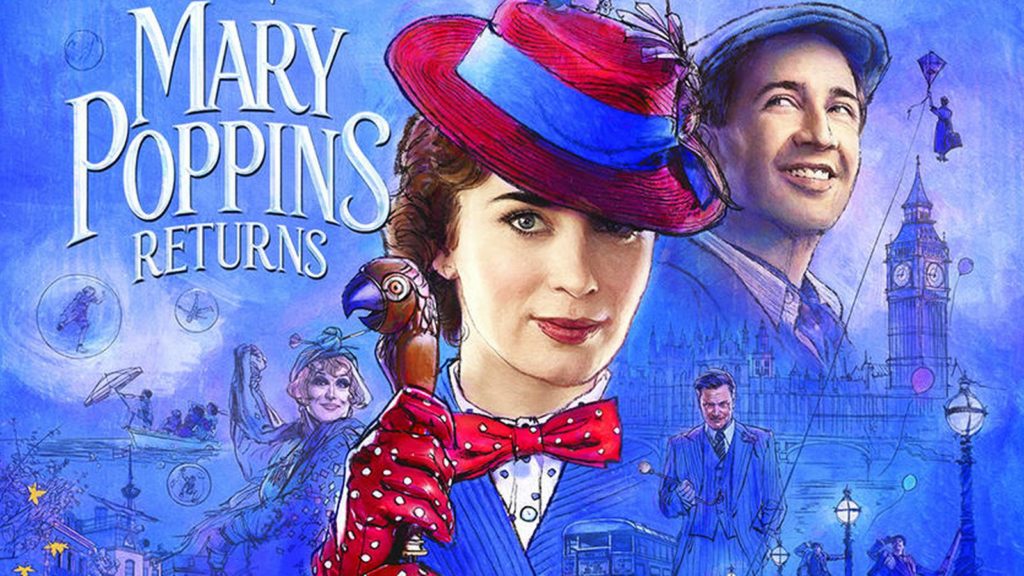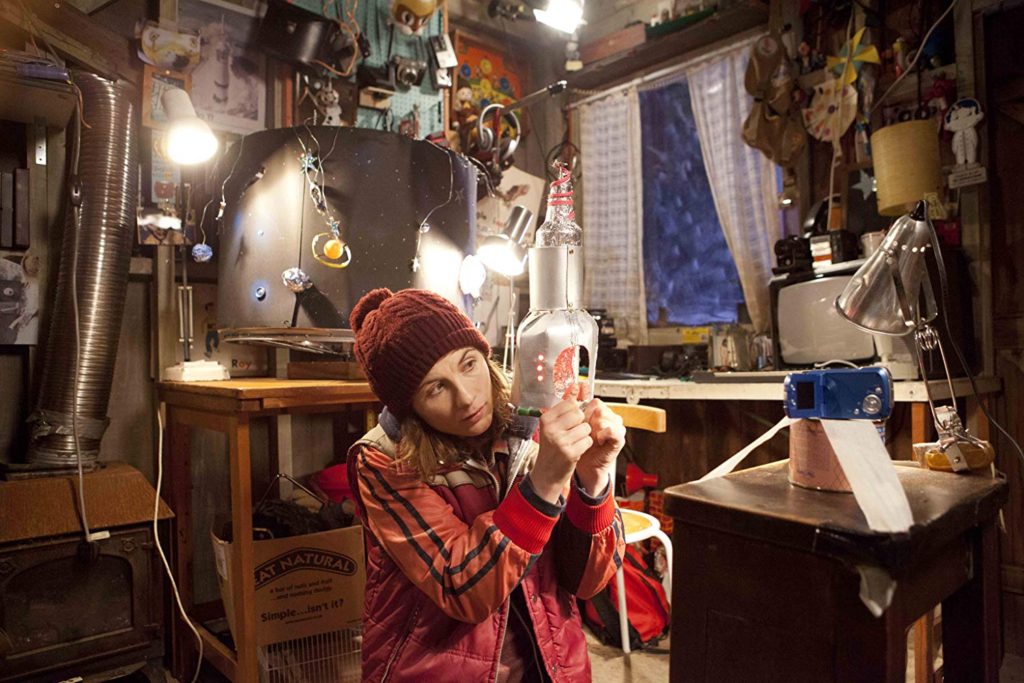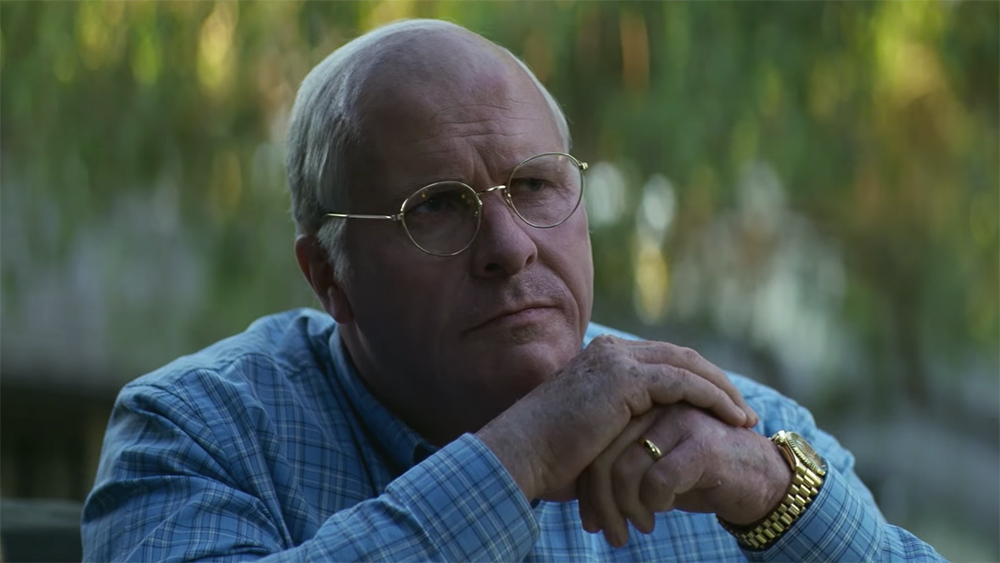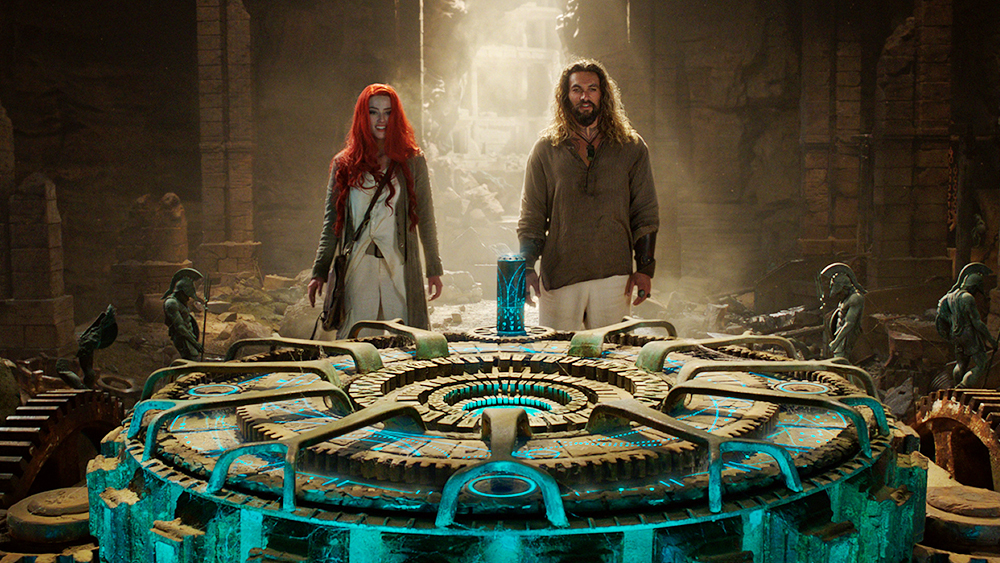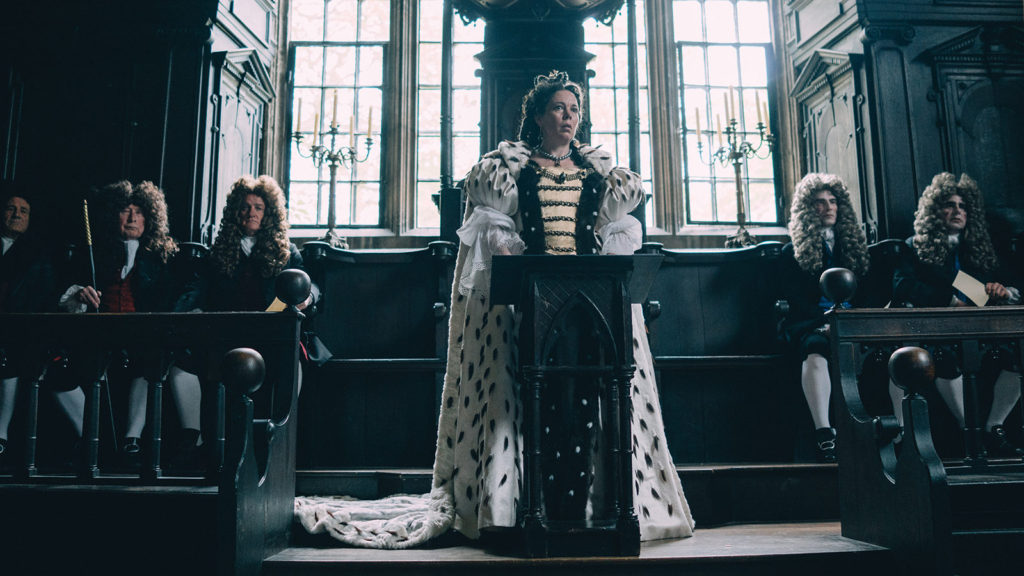Following the Same Instruction Manual as Its Predecessor, The Lego Movie 2 Is Hilarious & Sweet
Written by Ian Thomas Malone, Posted in Blog, Movie Reviews, Pop Culture
The worst sequels are the ones that are too self-conscious about their own existence, straining the narrative with an unnecessary mandate. The world didn’t need The Lego Movie 2: The Second Part, but of course that was never going to have any bearing on whether or not the film was made. The success of the first made a follow-up inevitable. The notion of whether a follow-up could resonate in quite the same way is the only question that should be asked.
The Lego Movie’s biggest strength was its ability to blend silliness with thought-provoking realism. The film wielded a broad spectrum of human emotion, leaving the audience with much to chew on by the time the credits started to roll. That kind of experience is hard to recreate for many reasons, chief among them being that the viewers walk into the theatre knowing what’s in store for them.
The Second Part doesn’t try to reinvent the wheel, or the brick. The narrative is largely another medley of light-hearted humor set against a real-world backdrop, this time in the form of Finn struggling to get along with his younger sister. The jokes continue to come at a rapid-fire pace, delivering plenty of laugh-out-loud moments. The film does an excellent job offering jokes for audiences of all ages, alternating gags with plenty of references aimed at older viewers, including some memorable lines on Chris Pratt’s career and the state of DC Comics.
Sequels often mess with their characters’ personalities in an effort to manufacture new drama. Thankfully, The Second Part doesn’t fix what isn’t broken, playing to its characters’ strengths without forcing any unnatural conflict. Emmet is still an unrelenting optimist, Lucy is still afraid to open up, and Batman is still a raging narcissist. There are little bits of character development here and there, but the movie as a whole is content to keep the dynamic of the first film in place.
The musical numbers don’t pack the same punch and the plot wins zero points for originality, but the film has more than enough heart to make up for its lack of imagination. The Second Part is a lot of fun. Unimaginative concepts can still be entertaining, just as plenty of films are made each year that are completely derivative of earlier classics. The idea that a sequel should bring something new to the table can exist alongside the notion that it might just be okay if one doesn’t.
The Lego Movie 2: The Second Part is a well-paced comedy that knows exactly when to tug on the heartstrings. It’s not as imaginative as the first, but that’s practically a given for any sequel. When it comes to providing an experience well worth seeing on the big screen, the movie hits every note that matters. Maybe that won’t be enough for a future installment, but for now, everything is still pretty awesome.





